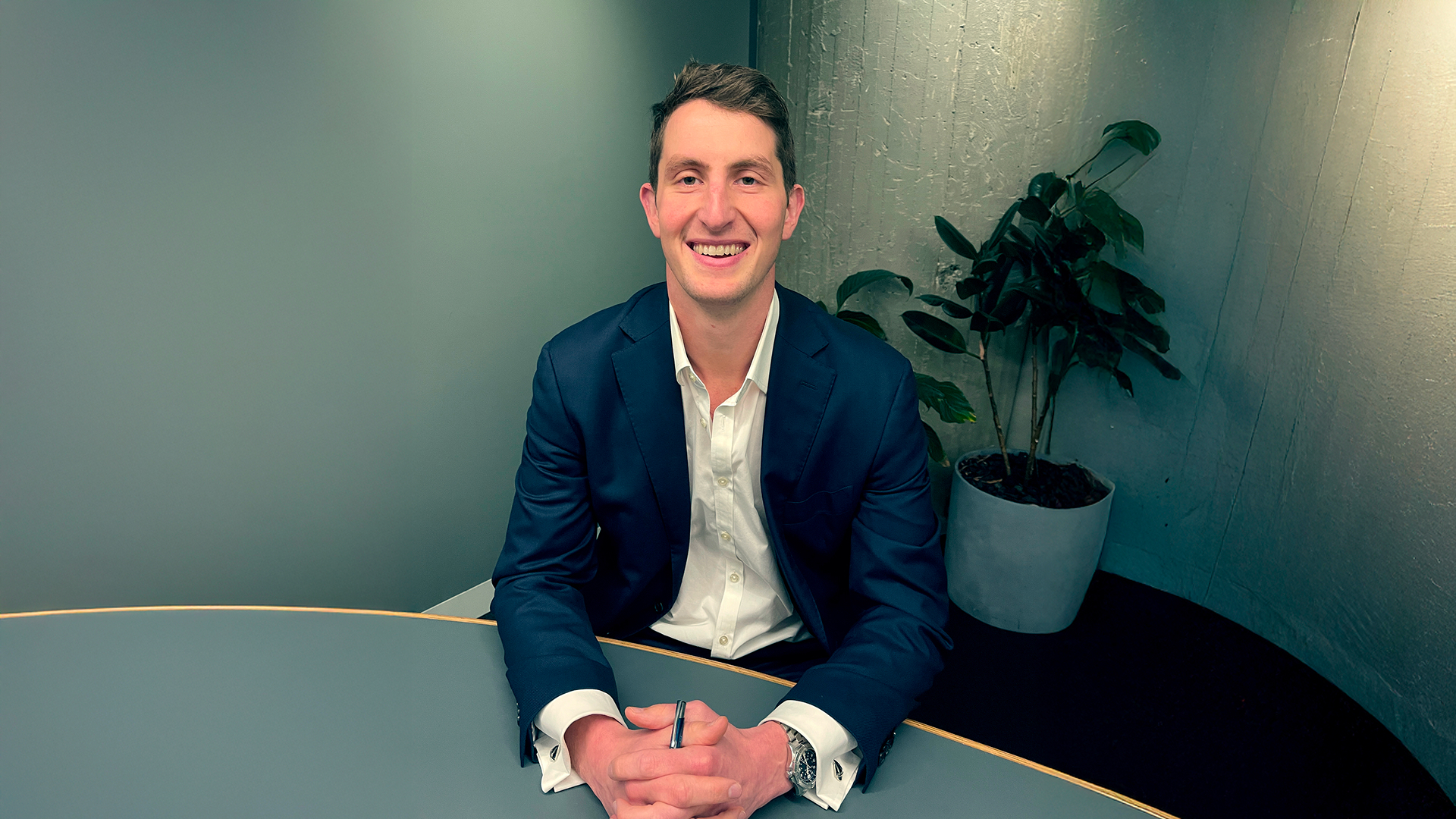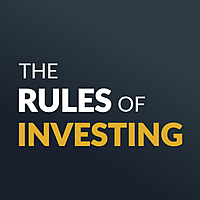Life changing technology meets a structural growth industry
Step back for a moment and think about how technology has changed your life over the past two decades.
What springs to mind? Smartphones, on-demand streaming (whether it’s music or movies), digital maps, and the broad adoption of artificial intelligence, all powered by fast, affordable and readily available internet access.
The list goes on, and there’s no doubt these advances are changing the way we live. But are they truly life-changing? In many cases, yes, but often they’re about convenience and productivity.
There’s one industry where the pace of innovation is just as rapid, and the impact arguably more profound: healthcare. More specifically, in this episode of The Rules of Investing, we explore the world of medical technology with Jacob Celermajer, founder of Cordis Asset Management.

A niche sector with powerful tailwinds
There are around 1,200 listed companies globally in the sector, spanning healthcare equipment, diagnostics and medtech.
“The best way to think about it is that we look at any company producing hardware or software to prolong and improve life,” says Celermajer.
The medtech sector has had a stellar run over the past 20 years, with the Dow Jones U.S. Select Medical Equipment Index delivering 13.3% per annum since 2006. That growth has been fuelled by an ageing population, rising chronic disease, and high barriers to entry, creating something of an oligopoly in structure.

Celermajer says those structural tailwinds are only getting stronger. The opportunity was compelling enough for him to leave a previous role and team up with medical industry experts to launch the Cordis Global Medical Technology Fund four years ago.
A long-term growth industry
The medtech industry is forecast to grow at 11% per year through to 2030. That’s driven by demographic tailwinds and increased adoption by physicians, who can now deliver less invasive treatments with faster operating times, easing pressure on hospital systems.
Just a few years ago, heart valve replacement required open-heart surgery, intensive care and months of recovery. Today, a new minimally invasive approach is reshaping outcomes.
“A doctor can now make a small cut in your upper thigh, guide a catheter to the heart, replace the valve, and the patient is home playing golf or with their grandchildren by the weekend,” says Celermajer.
Another example is in the management of diabetes, where finger-prick testing is being replaced by real-time, wearable monitoring. Dexcom (NYSE: DXCM) is a global leader in continuous glucose monitoring.
Their device is a small patch worn on the arm or thigh that streams live glucose readings to an app. Celermajer describes it as a shift from reactive to preventative care, giving patients more control over their daily lives.
Dexcom is now profitable, has strong reimbursement in the US, growing adoption in Europe and operates in the world’s largest chronic disease market. After what Celermajer describes as a “far overblown” share price correction in Q2 2024, Dexcom became a core holding in the fund.
“We’ve got a business with top-line growth, operating leverage, a strong balance sheet and a long-tenured management team. We like the look of it from here.”
Medtech, not for the faint-hearted (pun intended)
As with many structural growth stories, the big-picture opportunity is easy to grasp. But higher returns often come with higher volatility, and medtech is no exception.
Barriers to entry are steep, including regulatory approvals, capital intensity and competitive markets. Even after clearing development and approval hurdles, scaling and distribution require further investment and execution.
Celermajer's approach is to adopt a long-term view and embrace the volatility. The upside? Cordis portfolio companies have average gross margins above 60%, compared to around 35% for the broader US market.
With long-term thinking in mind, The Rules of ddInvesting asked Celermajer to name one company he’d back over the next five years.
His pick: Inspire Medical (NASDAQ: INSP) , a US-based medtech firm offering an implantable treatment for obstructive sleep apnea, specifically for patients who can’t tolerate CPAP therapy.
“They’re the only company with approval for this kind of device, they’ve just turned the corner on profitability, and they’re growing at 20 to 30%,” says Celermajer. “It’s founder-led, with a net cash balance sheet, which gives us confidence in their ability to manage through challenges if they arise.”
Tune in to the full episode for the in-depth conversation.
1 topic
2 stocks mentioned
1 contributor mentioned


